
The perfect safari launchpad

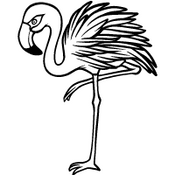
Africa is renowned for its spectacular sunrises and sunsets, blazing in a tapestry of red and gold that inspires artists and photographers alike. And, of course, these twilight displays are complemented perfectly by specific settings. One such example can be experienced in Tanzania’s Lake Manyara National Park, where the brilliance of light on the water blends into the rosy blush of over a million flamingos. There is no better way to set the tone for the majesty of a Tanzanian safari.

The world around Lake Manyara
Lake Manyara National Park is named for the eponymous lake along its eastern edge, and two-thirds of the 325 km2 (32,500 hectares) park extend over this shallow lake’s surface. The remainder of the park includes an astonishing variety of habitats sandwiched between the lake and the dramatic hills of the Great Rift escarpment to the west. The park is also part of the larger UNESCO Lake Manyara Biosphere Reserve, which incorporates the entire lake basin. To the south, along the escarpment, the national park is buffered by the Marang Forest Reserve, and both the Manyara Ranch and the Kwa Kuchinja wildlife migration corridor link Manyara to Tarangire National Park in the east. These vital connections allow the park to function as part of an enormous migratory ecosystem that includes the Engaruka Basin, Maasai Steppe, Lake Natron and Mount Kilimanjaro.

The lake itself has no outflow but is fed by underground springs and streams originating in the Ngorongoro highlands, eventually tumbling off the escarpment walls in a series of delicate waterfalls and joining to form nine little rivers. Manyara is described as a soda lake, meaning the water is very alkaline, creating perfect breeding conditions for the hundreds of thousands of flamingos wading along the shoreline (more on these below). Water levels rise and fall seasonally, revealing miles of salt flats during the dry season. Even at the height of the rainy season, the lake only reaches depths of around three metres and is only a few centimetres deep across most of its area.
In the park’s northern section, the same underground water that supplies the lake also supports an unusual and verdant groundwater forest. Apart from offering welcome shade in tropical temperatures, the dense stands of towering mahogany and lush fig trees are a breeding site for thousands of pink-backed pelicans. A bit further south, the forest gives way to open Acacia (Vachellia/Senegalia) woodland savannah, where the park’s elusive but famed tree-climbing lions are sometimes found. Thick clumps of sedges, luminous yellow fever trees and wild date palms line the lake shores, river systems and swamps.
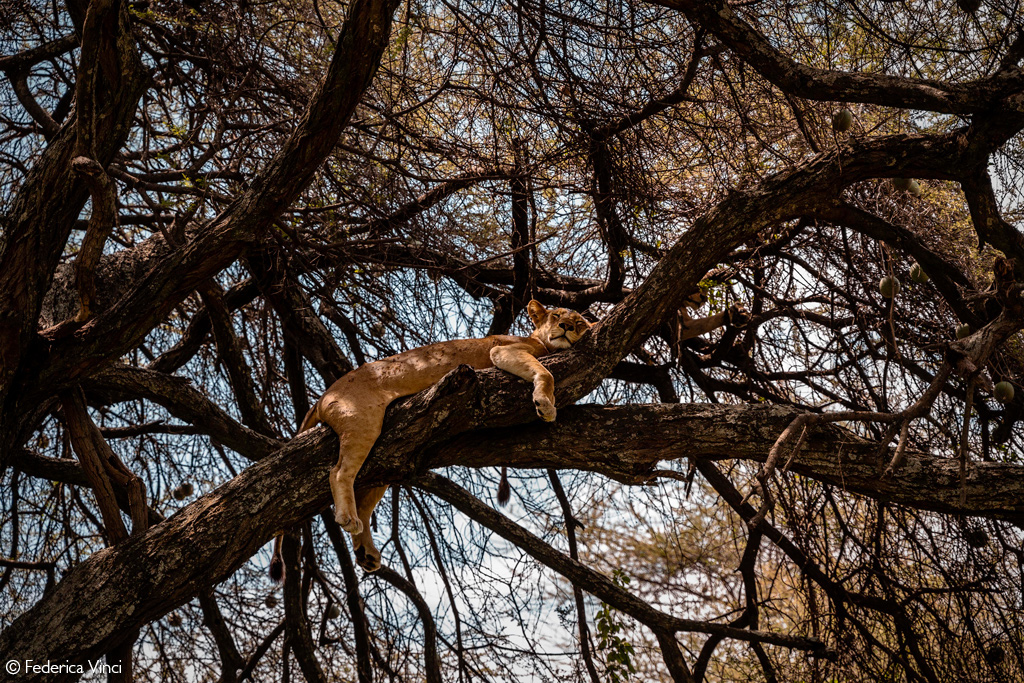
Along the park’s western boundary, the escarpment rises sharply over a thousand metres, the steep slopes dotted with the lumpy forms of ancient baobabs and the unmistakable spikey forms of pencil cactus (Euphorbia tirucalli), for which the park is named. “Emanyara” is the local name for this succulent plant, traditionally used to create fences around rural dwellings. The park also has hot springs at Maji Moto (literally “hot water”), where water bubbles out over 60˚C.
Despite the park’s relatively small size, it encompasses multiple habitats supporting its diverse fauna and flora. It is also perfectly positioned between Arusha and the more famous Ngorongoro Conservation Area and Serengeti National Park, making it the ideal launch pad for Tanzania’s northern safari circuit (click here to start planning your own African safari in the Serengeti).
 Find out about Tanzania’s many options for your next African safari. We have ready-made safaris to choose from, or ask us to build one just for you.
Find out about Tanzania’s many options for your next African safari. We have ready-made safaris to choose from, or ask us to build one just for you.
Lions and elephants and baboons, oh my!
The national park was established to safeguard the region’s substantial elephant population and tree-climbing lions. Lake Manyara and Tarangire National Parks are home to some of Tanzania’s highest elephant densities, and at certain times of the year, there are grey pachyderms seemingly around every corner. The tree-climbing lions are also a major drawcard, though they have probably since been eclipsed by the lions of the Serengeti and Queen Elizabeth National Park in Uganda, which are also often observed leopard-like in the boughs of trees. Exactly why some lion populations display this arboreal tendency remains unconfirmed, though it may be motivated by a desire to escape tsetse flies and other biting pests.


Of course, to focus solely on elephants and lions would undermine the other equally thrilling animal offerings of the park. For instance, several habituated troops of olive baboons provide endless hours of entertainment, and vast herds of buffalo, wildebeest, zebra and Thomson’s and Grant’s gazelles move across the grasslands. Squadrons of banded mongoose trot across the park in search of insect prey, and servals stalk the swamps while nimble klipspringer pairs leap along the cliffs above them. Bat-eared foxes, civets and honey badgers are commonly encountered on night drives in the park. Even otters lurk along the rivers that feed the lake, and jacuzzi-loving hippos languish in a pool below the park’s hot springs.
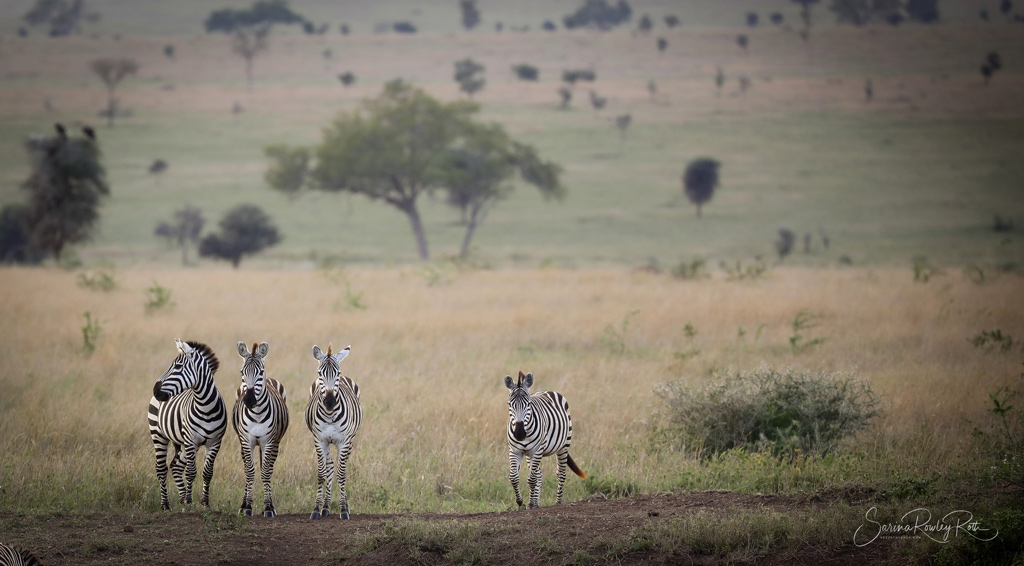
Flamingos and their feathered friends
Yet for all that Lake Manyara National Park offers fantastic mammal viewing against a magnificent backdrop, the park’s feathered occupants are the park’s true stars. In particular, Lake Manyara is famous as a gathering site for hundreds of thousands of migratory greater and lesser flamingos. One study estimated nearly two million lesser flamingos and around 40,000 greater flamingos had assembled in the lake, though numbers vary considerably each year, and global flamingo populations are declining. The warm alkaline waters of soda lakes across East Africa favour the growth of the algae upon which the flamingos feed. The shallow, caustic waters are the perfect place for them to construct mud nests away from predators.
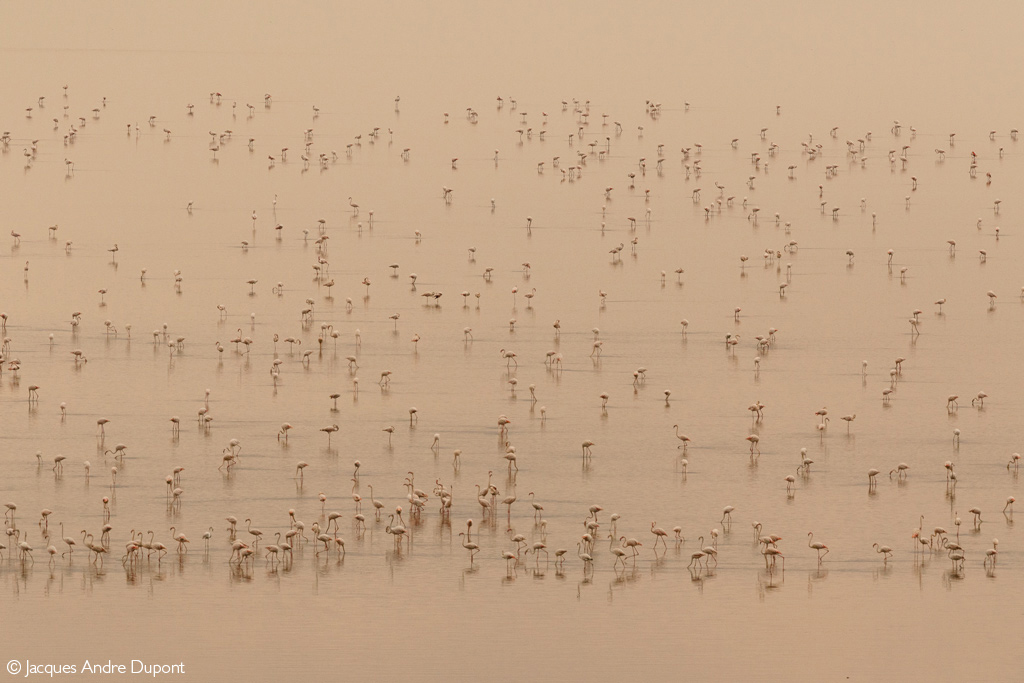
Like neighbouring Tarangire National Park, Lake Manyara is one of Tanzania’s top birding hotspots. Naturally, the lake and surrounding rivers extend exceptional waterbird sightings during the wet seasons, including flocks of clumsy pelicans, elegant cormorants, gaudy grey crowned cranes, spoonbills, herons of every shape and size and an eclectic collection of storks ranging from motley marabous to the stately saddle-billed stork. Away from the water, the chatter of noisy silvery-cheeked hornbills fills the forest, and majestic Verreaux’s eagles haunt the cliffs. Vultures like the critically endangered white-backed and Rüppel’s ride the thermals, while pairs of Ayre’s hawk eagles hunt helmeted guineafowl.
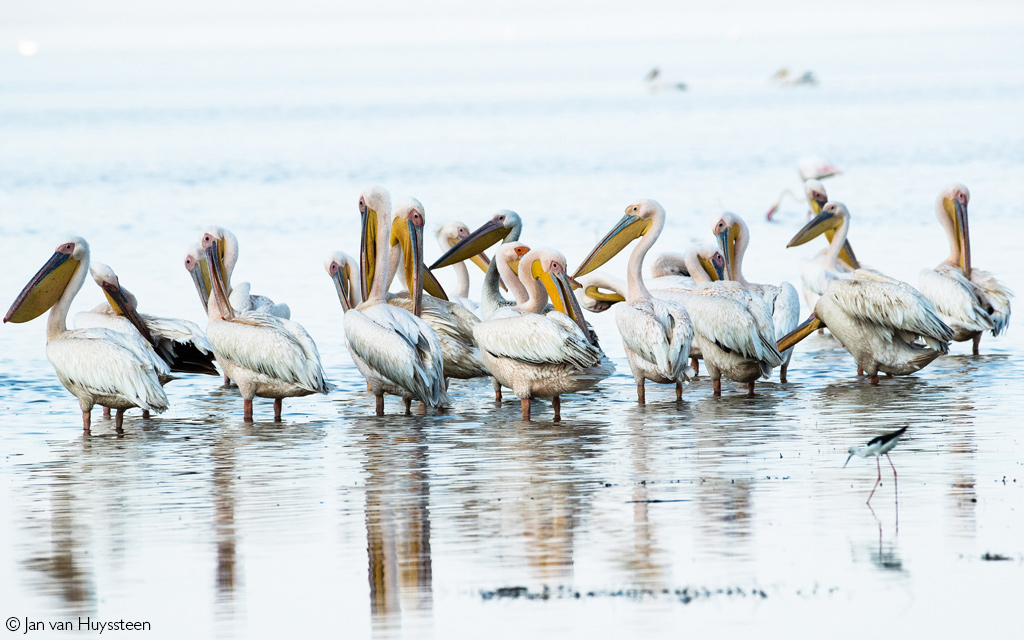

Explore & stay in Lake Manyara
Lake Manyara is just two hours’ drive from Arusha on good roads. While accommodation inside the park is luxurious (and limited), there are many options along its fringes to suit most budgets.
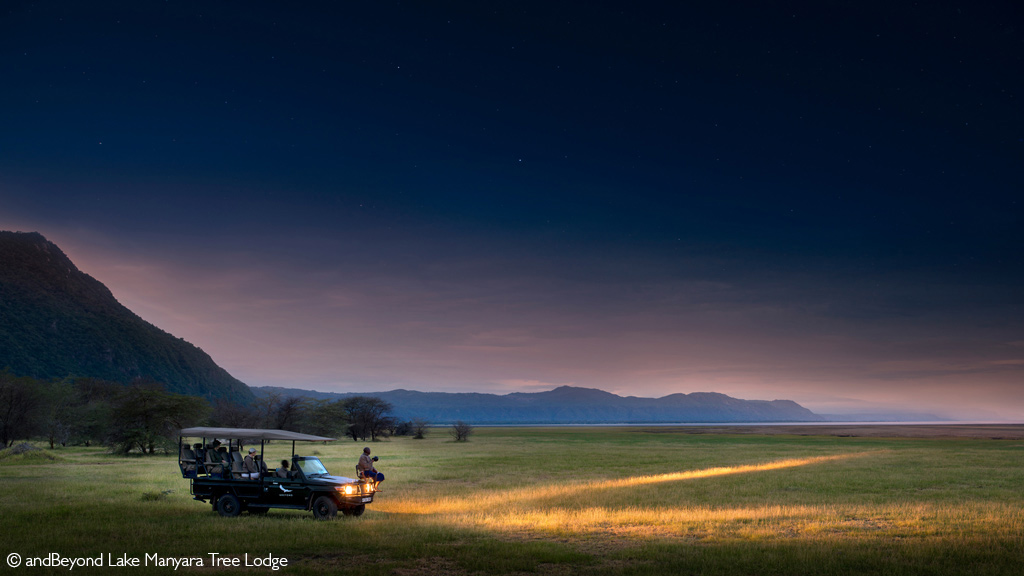
Like much of East Africa, Manyara experiences two rainy seasons: the “short” rains in November and the “long” rains between March and May. For all that the wet months can make traversing the park more challenging, they coincide with the arrival of many migratory bird species, including the flamingos. This time of year is also when the park is arguably at its most scenic: the lake is full, the vegetation verdant and the cliffs of the escarpment covered in a gleaming web of waterfalls.
Apart from the usual vehicle-based activities, there is also a canopy walk on narrow bridges through the treetops of the groundwater forest, which is especially good for birders searching for forest specials. And, assuming the lake is high enough, canoe safaris offer a different perspective and the best way to admire the escarpment from the water.
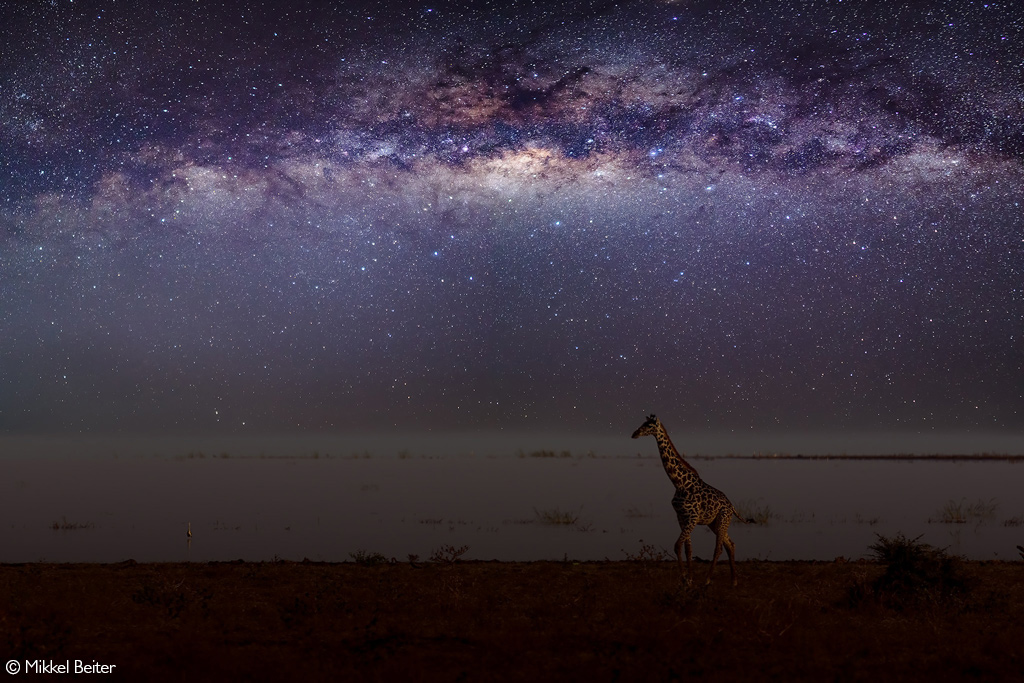
Final thoughts on Lake Manyara
The Lake Manyara safari experience is lowkey and less frenetic than the wildlife extravaganza of the Serengeti or Ngorongoro. Yet, this is not a reason to dismiss or overlook this hidden gem of a national park, which offers an intimate and beautiful destination to bookend your once-in-a-lifetime safari.
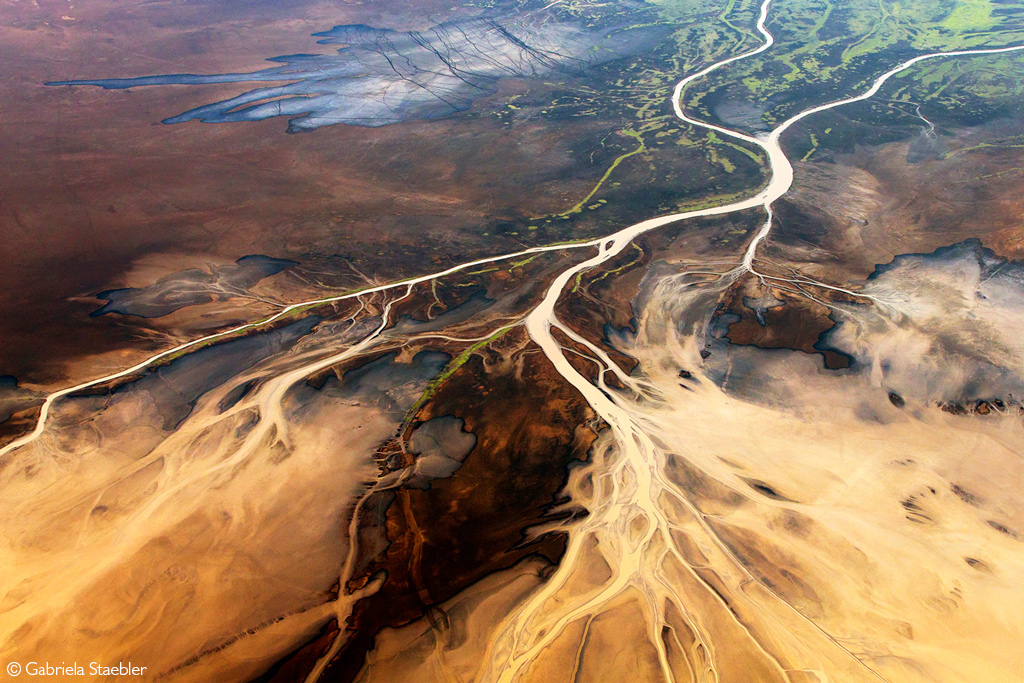
* Note that seasonal changes (and periods of heavy rainfall and drought) alter lake levels, grasslands and the movement of wildlife.
To comment on this story: Login (or sign up) to our app here - it's a troll-free safe place 🙂.![]()






